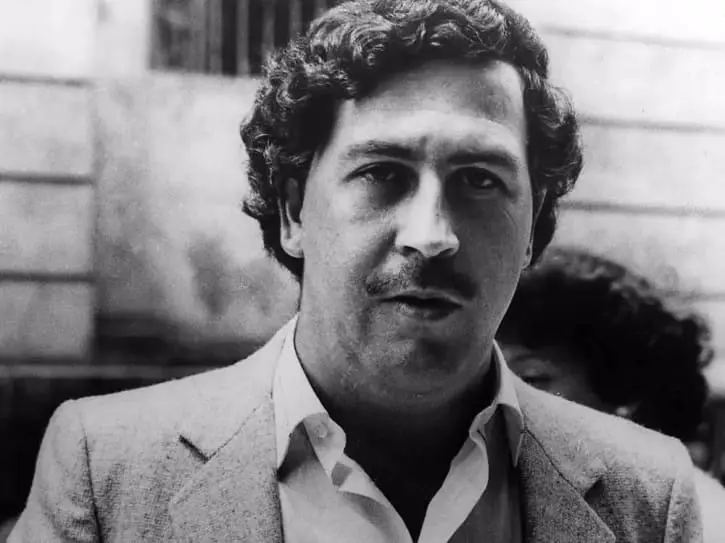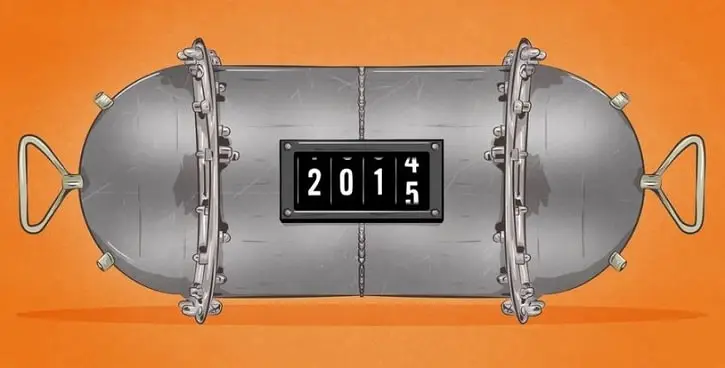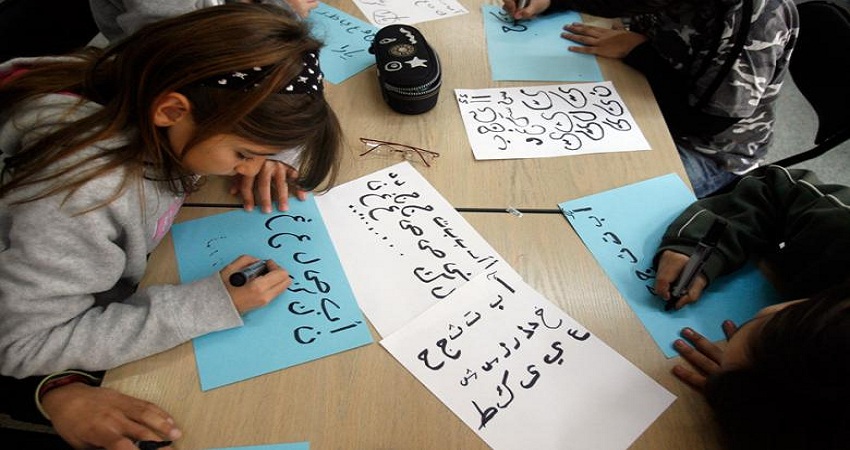10 Astonishing Facts Revealing the Absurdity of Pablo Escobar’s Wealth

Pablo Escobar, the notorious Colombian drug lord, was one of the wealthiest criminals in history. His rise to power and fortune during the height of the Medellín Cartel was marked by unimaginable excess and extravagance. However, delving into the details of his wealth reveals a mind-boggling absurdity that defies conventional comprehension. Let’s explore ten facts that shed light on the sheer magnitude and absurdity of Pablo Escobar’s riches.
1. Personal Zoo with Hippos and Giraffes:
List of Contents
At his peak, Escobar’s wealth allowed him to construct a private zoo on his sprawling estate, Hacienda Nápoles. This wasn’t your typical zoo, as it boasted exotic animals like hippos, giraffes, elephants, and even a T-Rex replica. His eccentricity and willingness to spend lavishly on such extravagant ventures showcased the extent of his wealth.
2. Burning Money for Warmth:
Escobar’s riches were so vast that he found unconventional uses for his money. One of the more absurd instances was when his daughter, Manuela, reportedly burned around $2 million to keep her warm while on the run with her father. This act symbolizes the seemingly endless supply of cash at their disposal.
3. The Cost of Rats:
Escobar’s accumulated wealth was so immense that it led to bizarre consequences. Rats infested the millions of dollars stored in his various hideouts, resulting in an estimated loss of approximately $1 billion each year due to these pesky rodents nibbling away at the cash.
4. Annual Rubber Band Expenditure:
To keep his colossal stacks of cash organized, Escobar’s organization allegedly spent an astounding $2,500 a month on rubber bands alone. This speaks to the massive volume of cash flowing through his illicit operations.
5. Inflation from Storing Cash:
Storing vast amounts of cash exposed Escobar to the absurdity of inflation on a personal level. The high humidity in his hideouts caused the money to rot, and in some instances, his organization lost millions due to the decomposition of banknotes.
6. The Cocaine Hippos:
After Escobar’s death, his menagerie, including the exotic animals from his zoo, were left unattended. The hippos, initially four but now more than 80, thrived and multiplied in the wild. These “cocaine hippos” are now an invasive species in Colombia, causing ecological havoc and highlighting the indirect impacts of Escobar’s extravagant lifestyle.
7. The Art of Money Laundering:
The Medellín Cartel was involved in large-scale money laundering operations, which only further demonstrated the absurdity of their wealth. One notable example was using a front company, which claimed to sell 1,000 luxury cars a month, even though Colombia’s luxury car market at the time was nowhere near that scale.
8. Burying Cash in the Ground:
The sheer volume of money generated by Escobar’s drug empire left him with no safe place to store it all. He resorted to burying vast amounts of cash in remote locations, which led to several instances of accidental discoveries by farmers and treasure hunters over the years.
9. Expensive Real Estate Investments:
Escobar’s wealth allowed him to acquire luxurious properties not just in Colombia but also in other countries. He owned properties in the United States, including a mansion in Miami worth millions, further emphasizing the global reach and extravagant nature of his wealth.
10. The Cost of Destruction:
The lengths to which Escobar went to protect his wealth were equally absurd. He reportedly spent around $2,500 per month on rubber bands, as mentioned earlier, but also approximately $1,000 per week just to purchase rubber bands used to wrap bundles of cash.
5 things you didn’t know about Pablo Escobar
Pablo Escobar, the notorious Colombian drug lord, is a figure that has captured the public’s imagination for decades. While much has been written about his life and criminal activities, there are still some lesser-known aspects that shed light on the complexity of this enigmatic character. Here are five intriguing facts about Pablo Escobar that you might not be aware of:
1. Soccer Passion:
Aside from being infamous for his drug empire, Pablo Escobar had a surprising passion for soccer. He loved the sport so much that he even invested heavily in it. In the 1980s, he became the principal sponsor of his hometown soccer team, Atletico Nacional, based in Medellin, Colombia. His financial support allowed the club to flourish and achieve unprecedented success, including winning the Copa Libertadores in 1989. To this day, many fans still associate the team with Escobar’s influence, which remains a controversial topic in Colombian soccer history.
2. Political Ambitions:
Beyond his criminal activities, Escobar had aspirations of entering politics. He sought legitimacy and power beyond the underworld and aimed to become a congressman in Colombia. In 1982, he made a remarkable bid for political office and successfully won a seat in the House of Representatives. However, his presence in Congress raised numerous concerns about his criminal connections and threatened the integrity of the Colombian government. This led to an investigation, and he eventually resigned from office in 1984.
3. The Hippopotamuses Legacy:
One bizarre legacy of Pablo Escobar’s reign is his private zoo, known as Hacienda Napoles. Located in Puerto Triunfo, Colombia, it housed a variety of exotic animals, including elephants, giraffes, and even four hippos—three females and one male. After his death, most of the animals were relocated, but the hippos were left to roam free. Over the years, their population multiplied, and they became an invasive species in the region, posing ecological challenges for the local ecosystem.
4. Prison Escape in Style:
In 1992, Pablo Escobar found himself imprisoned in the luxurious La Catedral prison, which he helped build to ensure his own comfort and safety. However, the Colombian government’s plan to extradite him to the United States led to his escape. In July of the same year, fearing extradition and facing the possibility of a harsher prison, Escobar managed to escape from La Catedral in a most unusual way—through an underground tunnel connected to a nearby farmhouse. This escape further complicated the authorities’ efforts to bring him to justice.
5. Robin Hood Myth:
Despite being a ruthless drug lord responsible for countless deaths and immense suffering, Pablo Escobar garnered some support among the poor and vulnerable in Colombia. He used a part of his illicit fortune to finance various social projects, such as building schools, hospitals, and churches in impoverished communities. This led to a controversial perception of him as a modern-day Robin Hood figure, protecting the poor and fighting against the government’s neglect. However, it is essential to remember that his “charitable” acts were merely a facade to gain public sympathy and strengthen his criminal empire.
In conclusion, Pablo Escobar’s wealth was an unparalleled display of absurdity, marked by extravagant spending, unimaginable losses, and a lifestyle that defied all norms. His rise and fall stand as a testament to the power money can wield and the bizarre consequences it can create when amassed in such staggering amounts. While his story is a dark chapter in history, it serves as a reminder of the dangers of unbridled greed and the far-reaching effects of criminal wealth



